Marta Maccari
Laboratory generation of new parthenogenetic lineages supports contagious parthenogenesis in Artemia
Maccari, Marta; Amat, Francisco; Hontoria, Francisco; Gómez, Africa
Abstract
Contagious parthenogenesis-a process involving rare functional males produced by a parthenogenetic lineage which mate with coexisting sexual females resulting in fertile parthenogenetic offspring-is one of the most striking mechanisms responsible for the generation of new parthenogenetic lineages. Populations of the parthenogenetic diploid brine shrimp Artemia produce fully functional males in low proportions. The evolutionary role of these so-called Artemia rare males is, however, unknown. Here we investigate whether new parthenogenetic clones could be obtained in the laboratory by mating these rare males with sexual females. We assessed the survival and sex ratio of the hybrid ovoviviparous offspring from previous crosses between rare males and females from all Asiatic sexual species, carried out cross-mating experiments between F1 hybrid individuals to assess their fertility, and estimated the viability and the reproductive mode of the resulting F2 offspring. Molecular analysis confirmed the parentage of hybrid parthenogenetic F2. Our study documents the first laboratory synthesis of new parthenogenetic lineages in Artemia and supports a model for the contagious spread of parthenogenesis. Our results suggest recessive inheritance but further experiments are required to confirm the likelihood of the contagious parthenogenesis model. © 2014 Maccari et al.
Citation
Maccari, M., Amat, F., Hontoria, F., & Gómez, A. (2014). Laboratory generation of new parthenogenetic lineages supports contagious parthenogenesis in Artemia. PeerJ, 2014(1), Article e439. https://doi.org/10.7717/peerj.439
| Journal Article Type | Article |
|---|---|
| Acceptance Date | Feb 1, 2013 |
| Online Publication Date | Jun 17, 2014 |
| Publication Date | Jun 17, 2014 |
| Deposit Date | Aug 24, 2015 |
| Publicly Available Date | Nov 23, 2017 |
| Journal | PeerJ |
| Electronic ISSN | 2167-8359 |
| Publisher | PeerJ |
| Peer Reviewed | Peer Reviewed |
| Volume | 2014 |
| Issue | 1 |
| Article Number | e439 |
| DOI | https://doi.org/10.7717/peerj.439 |
| Keywords | Biodiversity, Evolutionary studies, Genetics, Zoology |
| Public URL | https://hull-repository.worktribe.com/output/377821 |
| Publisher URL | https://peerj.com/articles/439/ |
| Additional Information | Article no. e439 |
| Contract Date | Nov 23, 2017 |
Files
Article.pdf
(860 Kb)
PDF
Copyright Statement
© 2014 Maccari et al.
Licence
This is an open access article distributed under the terms of the Creative Commons Attribution License, which permits unrestricted use, distribution, reproduction and adaptation in any medium and for any purpose provided that it is properly attributed. For attribution, the original author(s), title, publication source (PeerJ) and either DOI or URL of the article must be cited.
You might also like
A survey of Bush-crickets in the Hull area
(2023)
Journal Article
Status and conservation of the Bog Bush-cricket Metrioptera brachyptera in Yorkshire
(2023)
Journal Article
Terrapins in South-east Yorkshire (VC61)
(2022)
Journal Article
Ecological genomics of adaptation to unpredictability in experimental rotifer populations
(2019)
Journal Article
Founder effects drive the genetic structure of passively dispersed aquatic invertebrates
(2018)
Journal Article
Downloadable Citations
About Repository@Hull
Administrator e-mail: repository@hull.ac.uk
This application uses the following open-source libraries:
SheetJS Community Edition
Apache License Version 2.0 (http://www.apache.org/licenses/)
PDF.js
Apache License Version 2.0 (http://www.apache.org/licenses/)
Font Awesome
SIL OFL 1.1 (http://scripts.sil.org/OFL)
MIT License (http://opensource.org/licenses/mit-license.html)
CC BY 3.0 ( http://creativecommons.org/licenses/by/3.0/)
Powered by Worktribe © 2025
Advanced Search
